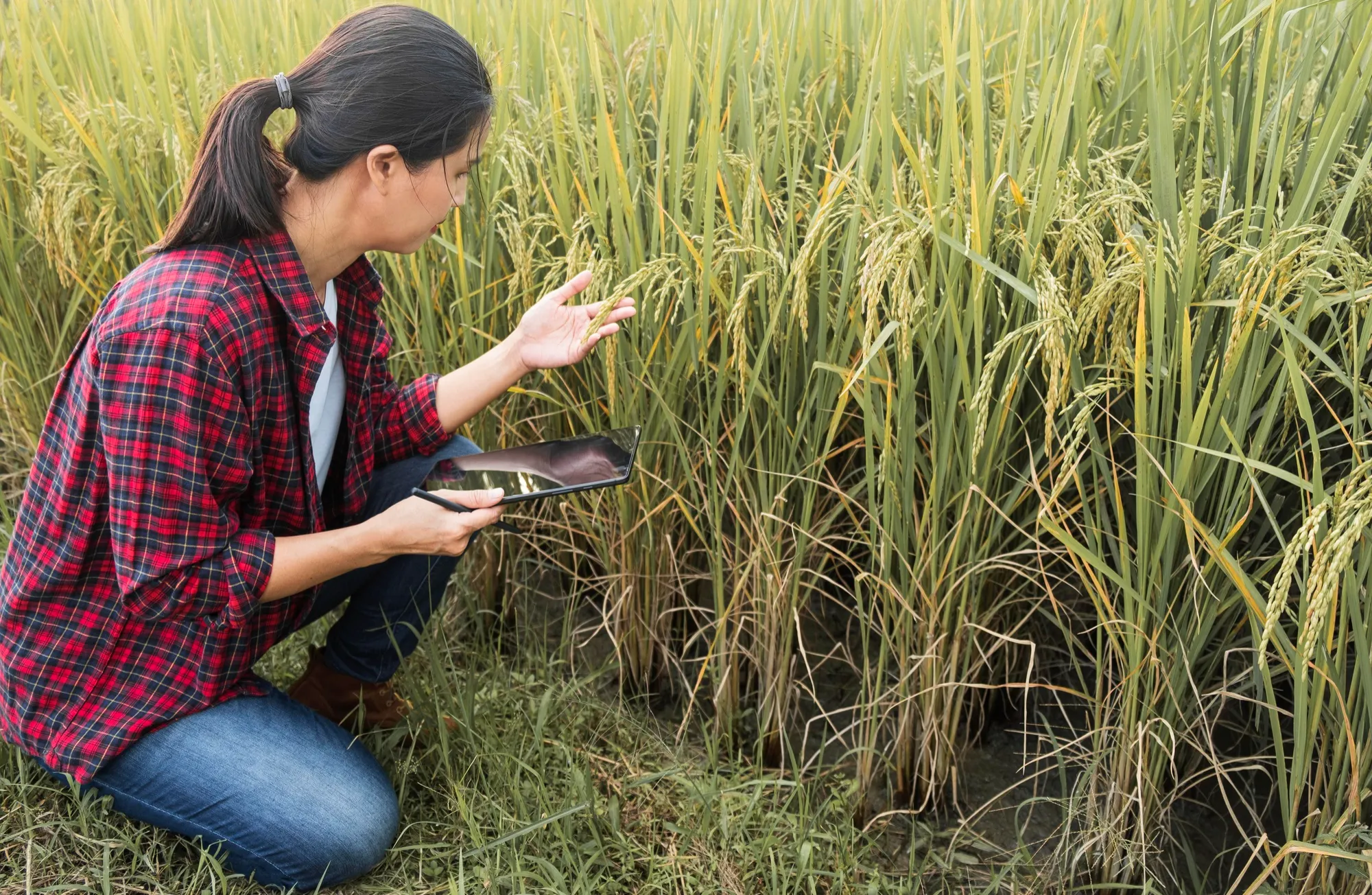Rice is one of the most vital food crops worldwide, and efforts to maximize its production are ongoing. However, the use of herbicides for weed management, while helpful for increasing crop yields, may have unintended consequences on the insect herbivores in rice fields, as well as disrupt the ecological balance within these agrarian systems. A study conducted by Emily C. Kraus and Michael J. Stout from the Louisiana State University AgCenter, as reported in the prestigious journal Scientific Reports, has shed light on such ecological interactions.
Published on May 6, 2019, with the Digital Object Identifier (DOI: 10.1038/s41598-019-43361-w), the study titled “Direct and Indirect Effects of Herbicides on Insect Herbivores in Rice, Oryza sativa,” delves into the repercussions of herbicide application on pest densities in rice in the southern United States. The article provides valuable insights into the relationship between herbicides and insect populations, attracting attention from industry experts, entomologists, agronomists, and environmentalists alike.
The Study at a Glance
The research focused on the direct and indirect effects of various herbicides on major pests found in rice, such as the rice water weevil (Lissorhoptrus oryzophilus Kuschel), rice stinkbug (Oebalus pugnax Fabricius), and a complex of stemborers belonging to the lepidopteran species. These insects contribute significantly to the damage and loss of rice yield each year. Understanding the impact of herbicides on them, particularly in the control of weeds, could lead to better pest management and conservation strategies.
Direct Mortality from Herbicide Exposure
Insects directly exposed to herbicides suffered high mortality rates, demonstrating that herbicides can act as a control method for pests but also may result in negative effects on non-target species. However, this immediate impact did not carry over to insects that fed on leaf materials previously treated with herbicides, suggesting that the direct toxic effects of these chemicals might be relatively short-lived once absorbed by the plants.
Indirect Effects through Plant Defenses and Weed Populations
Contrary to expectations, the application of herbicides did not significantly increase the resistance of rice to subsequent infestations by insect herbivores. The study provided modest support for the hypothesis that weed densities and insect pest densities are positively correlated, possibly due to weeds serving as alternate hosts or habitats for pests. This relationship highlights the intricate balance that must be maintained between pest and weed management.
Implications for Agricultural Practices
The findings of Kraus and Stout’s study raise important questions about current agricultural practices and call for a revised strategy that takes into account the broader ecological effects of herbicide use. Integrated Pest Management (IPM), which combines biological, cultural, physical, and chemical tools in a way that minimizes economic, health, and environmental risks, could provide a sustainable avenue that balances optimal crop yields with ecological health.
SEO Keywords
1. Herbicide Impact on Insects
2. Rice Pest Management
3. Agricultural Ecosystems
4. Herbicides and Rice Yield
5. Insect Herbivores in Rice
References for In-Depth Reading and Study Verification
Kraus, E. C., & Stout, M. J. (2019). Direct and Indirect Effects of Herbicides on Insect Herbivores in Rice, Oryza sativa. Scientific reports, 9(1), 6998. https://doi.org/10.1038/s41598-019-43361-w
Oerke, E. C. (2006). Crop losses to pests. The Journal of Agricultural Science, 144(1), 31–43. https://doi.org/10.1017/S0021859605005708
Webster, E. P., Telo, G., Blouin, D., & McKnight, B. (2018). Imazethapyr plus Propanil mixtures in Imidazolinone-resistant rice. Weed Technology, 32(1), 45–51. https://doi.org/10.1017/wet.2017.83
Wu, J. C., et al. (2001). Effects of herbicides on rice resistance and on multiplication and feeding of brown planthopper (BPH), Nilaparvata lugens (Stål)(Homoptera: Delphacidae). International Journal of Pest Management, 47(2), 153–159. https://doi.org/10.1080/09670870151130697
Ahn, Y. J., Kim, Y. J., & Yoo, J. K. (2001). Toxicity of the herbicide glufosinate-ammonium to predatory insects and mites of Tetranychus urticae (Acari: Tetranychidae) under laboratory conditions. Journal of Economic Entomology, 94(1), 157–161. https://doi.org/10.1603/0022-0493-94.1.157
Conclusion
With an ever-increasing global population, the pressure to produce more food with fewer resources is a persistent challenge. Studies like the one from Kraus and Stout contribute to a deeper understanding of the interplay between herbicides and insect herbivores, informing us about the potential risks and aiding the development of more sustainable agricultural practices. As the world moves towards precision agriculture and ecosystem-based approaches, this research stands as a critical reminder of the need for careful consideration of both the direct and indirect effects of our interventions on agricultural ecosystems.
